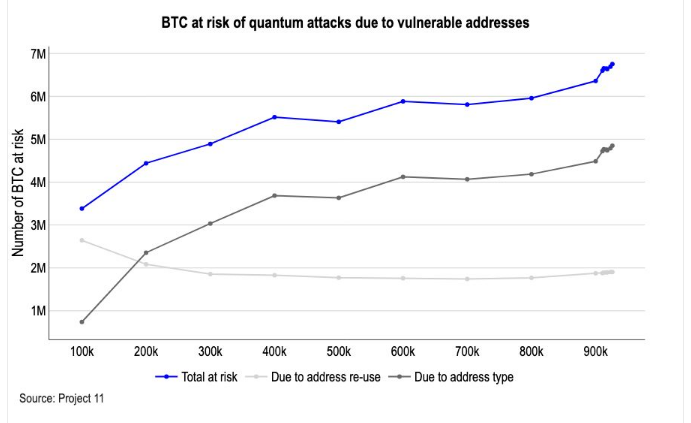
Blizzard Entertainment has a well-known history of struggling with spin-off shooter games based on the StarCraft universe. The first attempt, StarCraft: Ghost, was announced in 2002 and would have put players in the role of Nova, a Terran special operative, in a stealth-action game. After years of delays and setbacks, Blizzard put the project on hold, but didn’t officially cancel it until 2014. A second StarCraft shooter, internally known as ‘Ares,’ also faced cancellation in 2019. Reports suggest this was to free up developers to work on Overwatch 2 and Diablo 4. According to industry insider Jason Schreier, another reason for the cancellation of StarCraft: Ares was its gameplay being too similar to Battlefield, which Activision, Blizzard’s parent company, saw as competition to its Call of Duty franchise.









